Red Yeast Rice: Star of the Cholesterol Supplement World?
Red yeast rice grabs headlines everywhere, but here’s what most people don’t realize: this old-school Chinese food has been used for centuries way before it started popping up in American supplement aisles. Its claim to fame? It naturally contains monacolin K—that’s basically lovastatin, the active ingredient in a popular statin drug. When researchers in the 1990s first tested red yeast rice, they found it could lower cholesterol almost as well as prescription statins. Since then, studies, like a big one in the American Journal of Cardiology, keep confirming the same thing: it can drop LDL cholesterol by 15% to 25% in some folks. But not all red yeast rice is created equal. Due to sketchy quality control, two bottles can have totally different amounts of monacolin K, or even none at all. Some brands have been busted for having too little of the active stuff, which basically turns your supplement into an expensive rice pill. Others—for real—have had so much that the FDA tried to pull them from shelves for acting 'too much like a drug.'
If you’re considering red yeast rice as a natural cholesterol remedy, you need to get smart about dosing. Clinical research usually uses doses of 600 mg to 1200 mg twice a day, aiming for a total daily monacolin K intake in the 5–10 mg range. Problem: supplement labels rarely tell you exactly how much monacolin K is inside. And because of US regulations, makers aren’t even allowed to list it. So you’re kinda flying blind unless you find third-party test results. That’s why looking for supplements certified by groups like NSF or USP is a smart move, even though it’s no guarantee. Oh, and don’t forget about possible contaminants. Cheap imports, especially from online shops with no reputation, have sometimes tested positive for citrinin, a kidney-toxic mold byproduct. That’s not something you want just for lowering your cholesterol a few extra points.
Now for safety: red yeast rice is generally well tolerated, but remember, it works like a statin—so it can have statin-like side effects, too. That means muscle pain, weakness, and rare liver problems. If you combine it with a prescription statin, don’t be surprised if your doc raises an eyebrow. Even more surprising, if you’re on other medications for fungal infections or certain antibiotics, you can run into dangerous interactions. Always check with your doctor, even if these are 'natural' options. And if you’re pregnant, breastfeeding, or younger than 18, this is a 'skip it' situation.
One fun fact: Red yeast rice has been in court battles. The FDA keeps going back and forth with supplement makers over whether products with high monacolin K cross the line and become unlicensed drugs. That means what’s on shelves today could be regulated away tomorrow—or swapped with a weaker batch. Always vet your sources, and if you want something more reliable, look into a certified alternative to rosuvastatin that’s been scientifically reviewed.
Other Natural Cholesterol Remedies: What Really Works?
Walk into any health food store and you’ll see aisles stuffed with oils, seeds, plant sterols, and seaweed supplements all promising to 'support healthy cholesterol.' Some of these work, but not all are worth your cash. Plant sterols and stanols? These are legit. They’ve got the best evidence besides red yeast rice—big clinical studies show they can knock about 5–10% off your LDL if you take about 2 to 3 grams daily. That’s why they turn up in those special spreads and heart-healthy drinks at your grocery store. What’s wild is phytosterols are barely absorbed into your bloodstream—they block cholesterol mostly in your gut, literally crowding it out so your body ‘sees’ less cholesterol from your food. No major safety issues have popped up, but if you have a rare condition like sitosterolemia, these could send your sterol levels too high.
Then there’s soluble fiber—a classic. It’s boring, but it works. Oat bran, ground flaxseed, psyllium husk, and even beans can chip away at LDL cholesterol, usually netting a 5–15% reduction. Psyllium in particular has a solid record, with studies showing that about 10–12 grams daily can decrease LDL by up to 10%. Sprinkle it in shakes, mix it in yogurt, hide it wherever.
Omega-3 fatty acids come up a lot. They’re not magic for LDL, but they can lower triglycerides by 20–30%, which matters if that’s your main issue. Aim for 2–4 grams of EPA + DHA per day, which suggests you’ll need a concentrated supplement, not just a fillet of salmon. Safety-wise, they’re pretty chill—fish burps and the rare upset stomach, but keep an eye on quality since some brands cut corners. For vegetarians, algae-based DHA/EPA options are worth a look, though they can get pricey.
What about niacin and policosanol? Niacin (vitamin B3) once felt like the next big thing; high doses totally do lower LDL and boost HDL, but the downside is side effects: flushing, itching, and in high doses, liver problems. Policosanol, on the other hand, is a buzzy supplement from sugarcane wax—once super hyped in Cuba, but American and European studies haven’t shown much effect. Save your cash.
Artichoke leaf extract, garlic supplements, and berberine are the 'new kids on the block.' Artichoke’s results are promising but not game-changing. A double-blind study saw a 4–18% drop in cholesterol after two months using 1,800 mg extract daily. Garlic works best for borderline elevations, shaving a few points off LDL if you take it for 3–6 months. Berberine stands out for its LDL- and triglyceride-lowering effect, often paired with lifestyle changes. Research in 2024 showed an 8–16% LDL reduction in people using 500 mg twice a day. The catch? Some folks get GI trouble, like diarrhea or constipation.
Busting myths: Coconut oil, apple cider vinegar, and turmeric have zero solid evidence for reducing cholesterol. Same for certain “superfood” powders heavily promoted by influencers. If you haven’t seen a clinical study (not just a TikTok), stay skeptical.
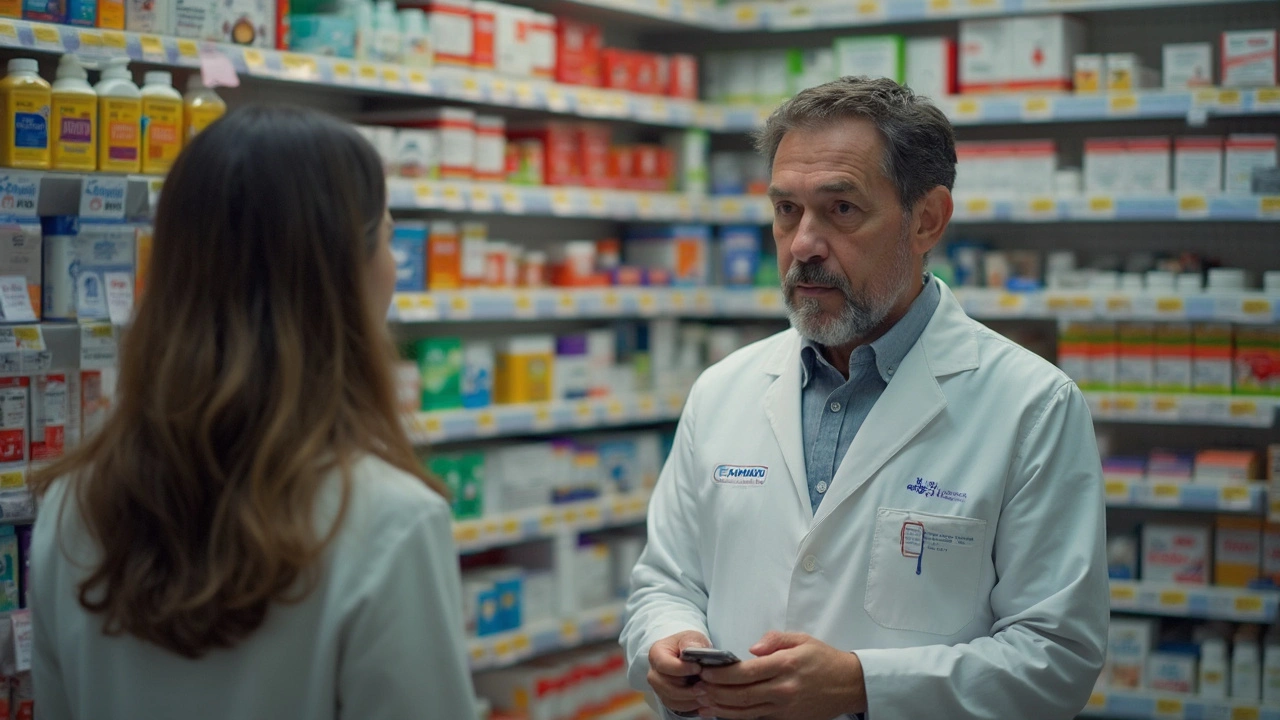
Practical Dosing Tips and How to Shop for Supplements Safely
Dosing can get confusing fast—especially when labels list ingredients in odd ways or skip over what you really need to know. For red yeast rice, most brands suggest 600 mg to 1,200 mg daily. Because actual monacolin K can swing from zero to drug-like doses, find independent lab-tested versions and keep tabs on your cholesterol labs so you know if it’s working. Never just double up because you’re not seeing results in two weeks—these natural options can take a month or two before numbers drop, and overdosing is a recipe for a sore stomach or worse.
Plant sterols/stanols come in specific fortified foods or as capsules. You want 2–3 grams per day, divided between meals to compete with dietary cholesterol. With fiber, start small—too much too fast means GI issues. Add a teaspoon a day of psyllium or ground flax, then ramp up slowly. For omega-3s, check if your supplement is 'purified' or 'pharmaceutical grade' and look for at least 1,000 mg of combined EPA and DHA per day. For berberine, aim for 500 mg twice daily—never exceed 2 grams daily without professional supervision. Garlic doses often quoted are about 600–1,200 mg standardized extract per day. For artichoke, 1,800 mg is pretty standard in clinical trials but always look for extracts standardized to 'cynarin.' If you’re unsure what’s inside a supplement, a little research goes a long way—third-party testing is your best friend here.
Supplements market themselves as safe, but regulation is basically the Wild West. The FDA doesn’t review these for safety or effectiveness before they hit the shelves. That means you—not the government—have to do your homework. Tips to stay safe:
- Buy from well-known brands with clear labeling and third-party lab verification (NSF, USP, ConsumerLab).
- Compare doses with what’s actually used in solid clinical research, not just what’s printed on packs.
- Avoid 'proprietary blends' that keep ingredient amounts secret.
- Track your cholesterol with real bloodwork every 3–6 months. No supplement is worth it if your numbers aren’t moving—or your liver enzymes are tanking.
- Steer clear from brands promising 'no side effects.' Anything that works for cholesterol can cause reactions in someone.
Here’s a quick cheat sheet for common remedies:
| Remedy | Typical Dose | Expected LDL Drop | Main Safety Issues |
|---|---|---|---|
| Red Yeast Rice | 600–1200mg twice/day | 15–25% | Muscle pain, liver effects |
| Plant Sterols/Stanols | 2–3g/day | 5–10% | Generally safe |
| Psyllium Fiber | 10g/day | 5–10% | Gas, bloating |
| Berberine | 500mg 2x/day | 8–16% | Stomach upset |
| Omega-3s | 2–4g EPA/DHA | Minimal LDL effect | Fishy aftertaste |
2025 Trends: What’s Next in Over-the-Counter Cholesterol Management?
The field of cholesterol supplements is evolving fast. Tech and nutrition companies are racing to figure out which combos of food-based remedies deliver the safest punch. In 2025, more folks are using digital tools to track their cholesterol and heart health, meaning you can spot subtle changes from natural remedies faster than ever. Wearables can alert you to heart risk trends, and a bunch of new apps now plug directly into your lab portal.
A big 2024 trend that’s still heating up: blends that combine red yeast rice with plant sterols, fiber, and sometimes omega-3s, all in one pill. Early research says this stack can offer a bigger drop in LDL than any single ingredient alone. Something new worth watching is the rise of vegan cholesterol supplements—packed with things like algae oils, berberine, and advanced fibers. They’re getting more shelf space as more people skip animal-based products.
Cost is becoming a big deal too. Prescription statins are cheap now, but red yeast rice and other supplements can get pricey—easily $40 or more per month for a product that actually works. That makes shopping for a proven alternative to rosuvastatin more attractive to folks who want evidence-backed results without a prescription.
Be on the lookout for more clinical trials coming out of Europe and Asia, where natural medicine has deeper roots. In China and Japan, research into 'functional foods' blurs the line between diet and medicine. Expect more options that target not just cholesterol, but the whole package: inflammation, blood sugar, and blood pressure, all at once.
And don’t be surprised if the regulatory landscape shifts again. The FDA and European agencies keep debating how strong a supplement has to be before it becomes a 'drug.' If something starts working too well, it may disappear from the shelves, only to be replaced by a 'new and improved' formula. That’s why anyone serious about lowering cholesterol should check their labs, do their homework, and talk to a pro before making big swaps. Supplements can help, but they’re just one part of the bigger heart health puzzle.

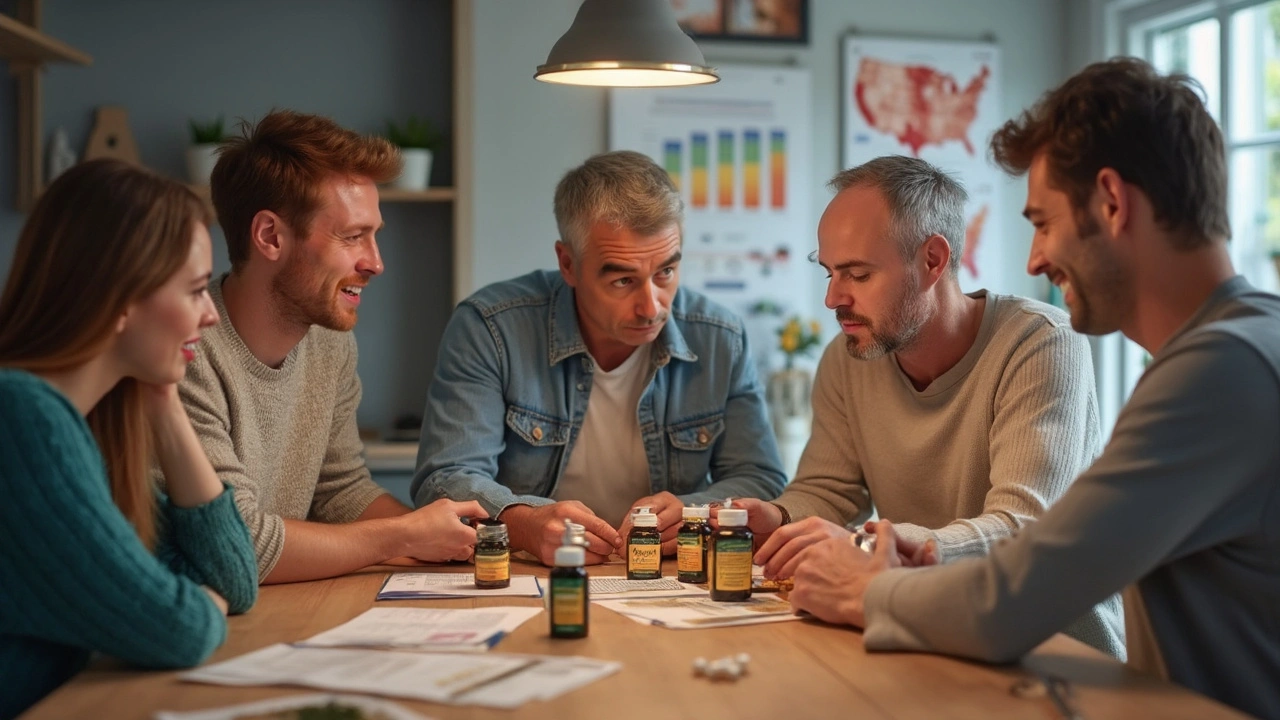
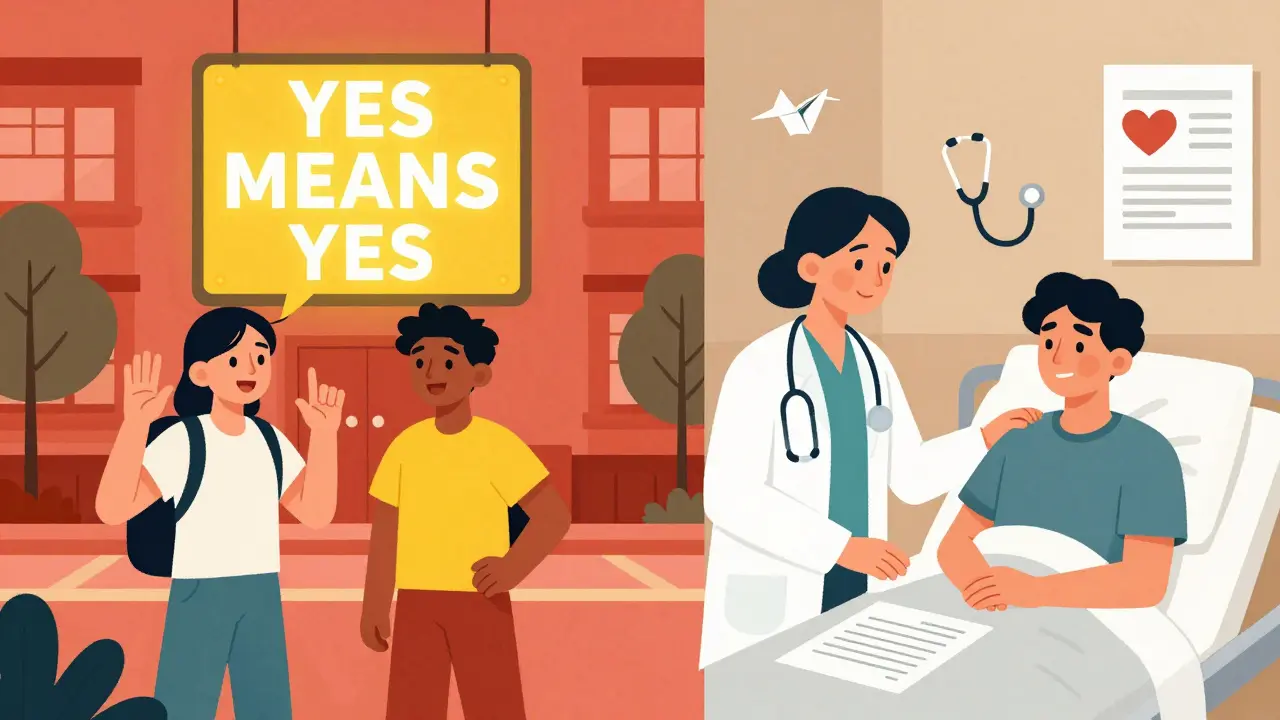
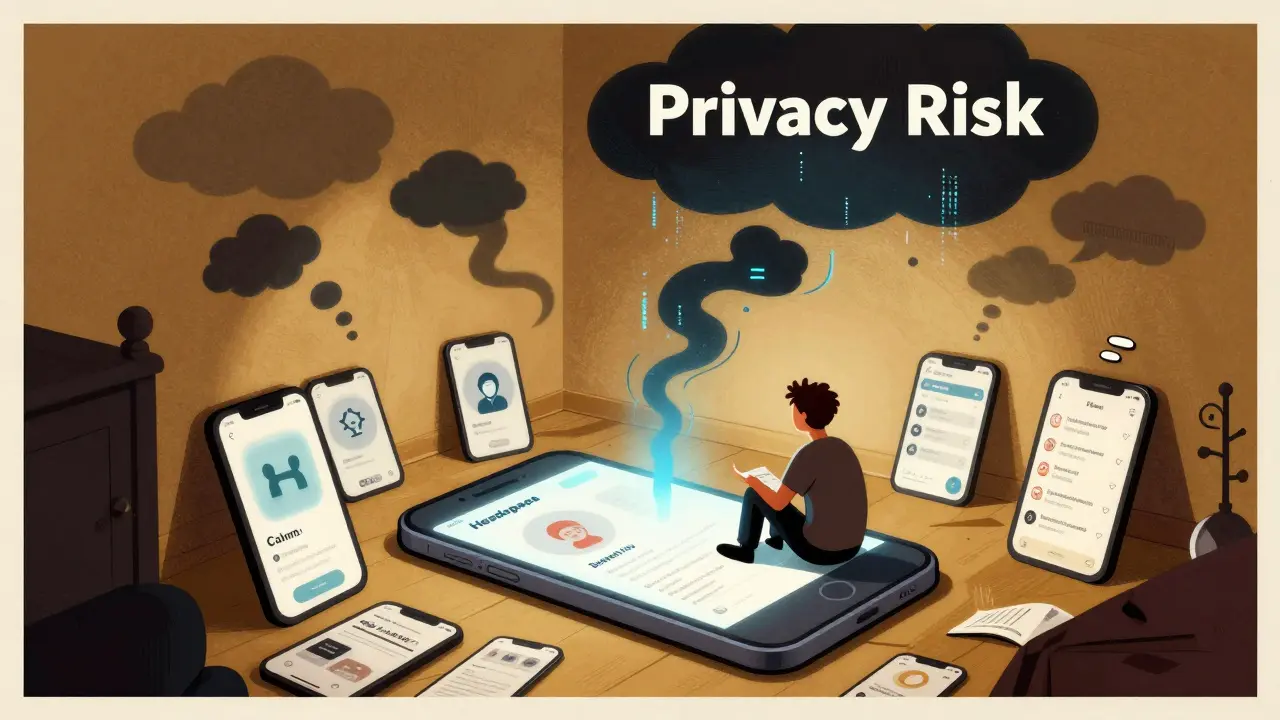
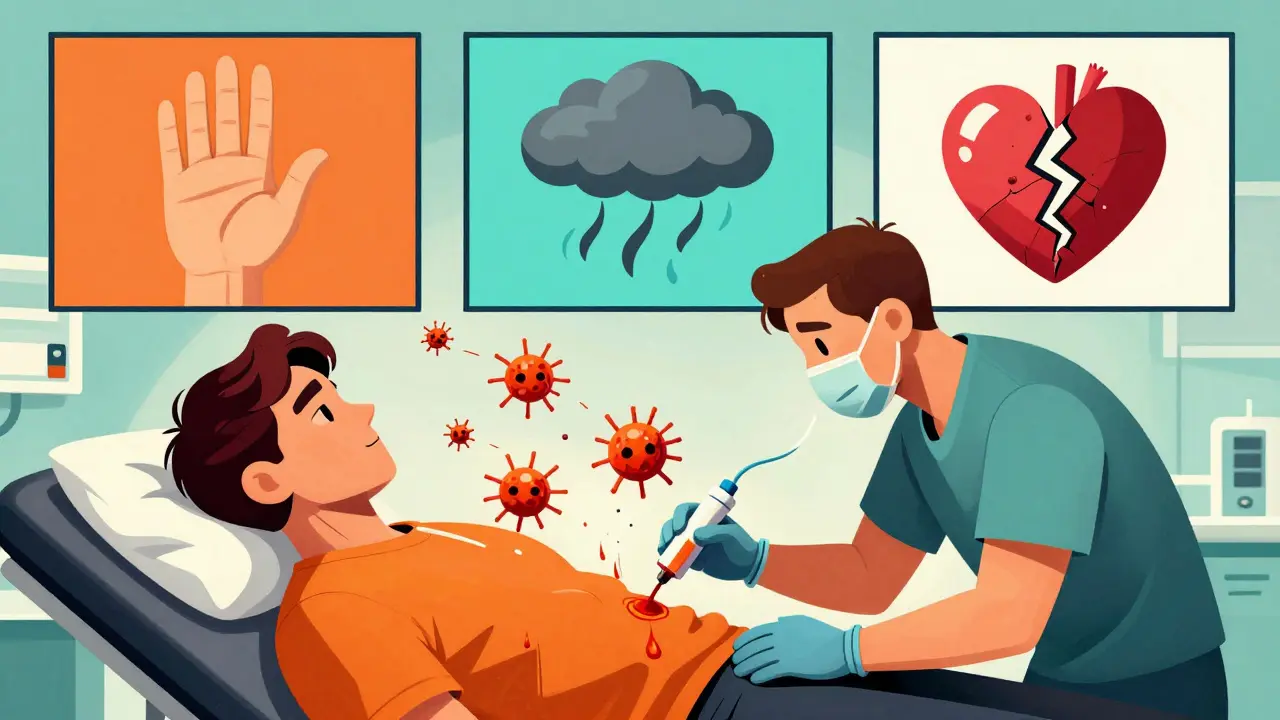

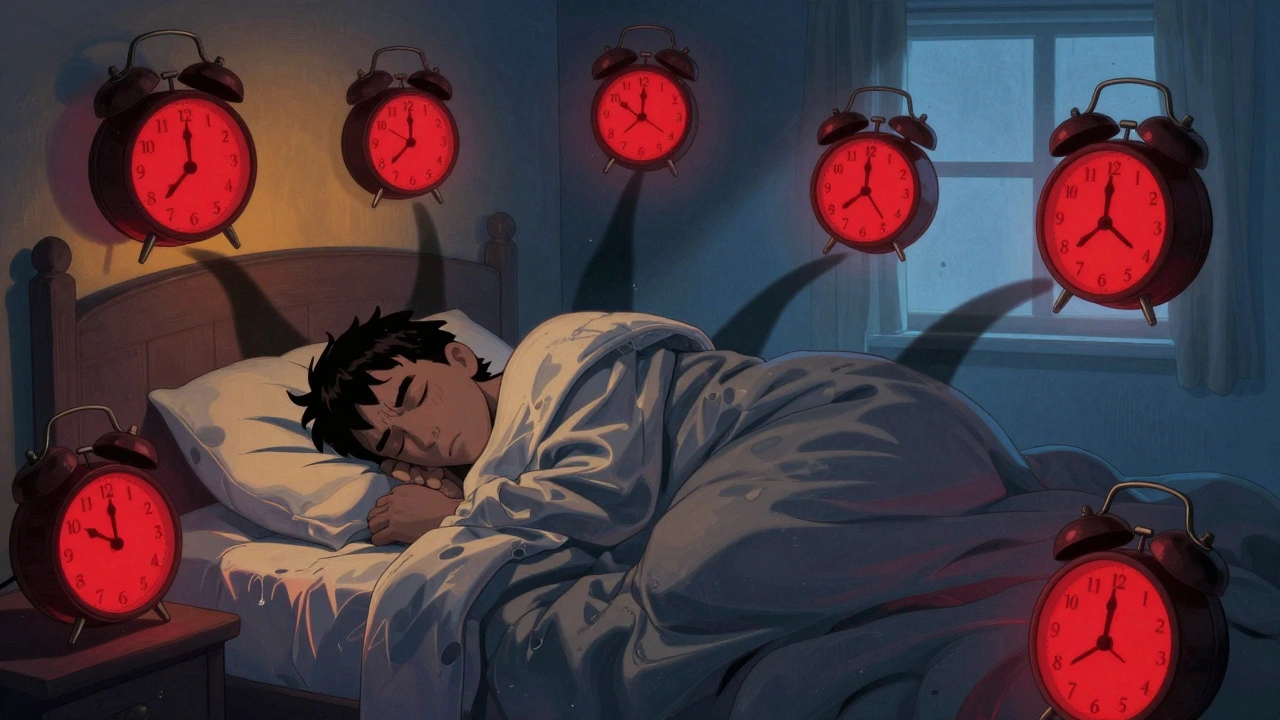
Ben Hooper
May 1, 2025 AT 06:00Red yeast rice is fascinating because its monacolin K content can swing wildly from batch to batch making dosing a gamble for consumers.
Marjory Beatriz Barbosa Honório
May 1, 2025 AT 06:10Absolutely, the variability you mentioned underscores why we need to champion transparency and empower shoppers with reliable lab data – it’s a collective win when everyone gets a clear picture of what’s inside that tiny capsule.
G.Pritiranjan Das
May 1, 2025 AT 06:20Look for third‑party certified products and track your labs; the results speak for themselves.
Karen Wolsey
May 1, 2025 AT 06:30Oh joy, another “all‑natural” fix that conveniently forgets to mention you might still need a prescription‑style warning label for the inevitable muscle soreness.
Trinity 13
May 1, 2025 AT 06:40When we dive into the philosophy of self‑care, we quickly discover that the line between a food ingredient and a pharmacological agent is as blurred as the horizon at dusk.
Red yeast rice, a humble ferment from centuries past, now sits on modern shelves masquerading as a benign supplement while quietly delivering monacolin K, a molecule chemically identical to lovastatin.
This dual identity forces us to confront the ethical dilemma of labeling, regulation, and personal responsibility in an era where consumers demand both efficacy and naturalness.
The scientific literature, replete with randomized trials, tells us that a daily intake of 5–10 mg of monacolin K can shave 15 to 25 percent off LDL levels, a feat comparable to low‑dose prescription statins.
Yet the same studies also warn that without rigorous quality control, the dose can vary so dramatically that one bottle might be a placebo and the next a potent drug.
Such variability is not just a statistical curiosity; it translates into real‑world outcomes where some users experience muscle pain while others see no measurable change.
The practical implication is clear: patients must demand third‑party testing, and clinicians should inquire about supplement brands before endorsing any regimen.
Beyond red yeast rice, the portfolio of natural cholesterol agents includes plant sterols, soluble fiber, omega‑3 fatty acids, and emerging botanicals like berberine, each with its own evidence hierarchy.
Plant sterols, for instance, operate primarily in the intestinal lumen, displacing dietary cholesterol and delivering modest LDL reductions without systemic side effects.
Soluble fibers such as psyllium act through bile acid sequestration, a mechanism that, while ancient, remains one of the most reliable dietary strategies vetted by decades of research.
Omega‑3s, though not potent LDL‑lowerers, excel at trimming triglycerides and tempering inflammatory pathways, offering a complementary cardiovascular shield.
Berberine, a plant alkaloid, intriguingly activates AMPK, thereby improving lipid profiles and glucose homeostasis, though gastrointestinal tolerance can be a limiting factor.
What ties all these interventions together is the necessity of individualized dosing, consistent monitoring, and an awareness of potential drug‑supplement interactions, especially with CYP450‑metabolized medications.
In the digital age, wearable health tech and lab‑integration apps empower users to observe trends in real time, making the feedback loop tighter than ever before.
However, technology cannot replace the nuance of a clinician’s judgment, particularly when navigating the gray zones of supplement regulation.
As we look ahead to 2025 and beyond, the market will likely see hybrid formulations that blend red yeast rice with sterols, fibers, and omega‑3s, promising synergistic effects but also demanding even more rigorous oversight.
Ultimately, the responsibility rests on a tripartite partnership among manufacturers, regulators, and informed consumers to ensure that natural remedies fulfill their promise without slipping into hidden pharmacology.
Rhiane Heslop
May 1, 2025 AT 06:50Patriotic consumers should support domestic manufacturers who adhere to strict USP standards rather than rely on imported blends that masquerade as safe alternatives.
Dorothy Ng
May 1, 2025 AT 07:00The sentence “look for third‑party certified versions” could be improved by adding a comma after “look” for clearer separation of clauses.
Justin Elms
May 1, 2025 AT 07:10Hey folks grab a certified red yeast rice product, stick to the 600‑1200 mg twice daily dosing, and keep your blood work every few months – you’ll see steady progress without scary side effects.
Jesse Stubbs
May 1, 2025 AT 07:20This whole supplement circus is a laughable tragedy.
Melissa H.
May 1, 2025 AT 07:30Exactly – consistency is key 😊 just remember to check for citrinin contamination and avoid proprietary blends that hide the actual monacolin K amount.
Edmond Abdou
May 1, 2025 AT 07:40Great point, everyone! Sharing reliable lab reports and personal experiences builds the community knowledge we all need.
Sydnie Baker
May 1, 2025 AT 07:50One must acknowledge that the epistemological scaffolding underpinning nutraceutical discourse is often compromised by commercial obfuscation, thereby necessitating a lexicon replete with precise terminologies and an unflinching adherence to grammatical exactitude.